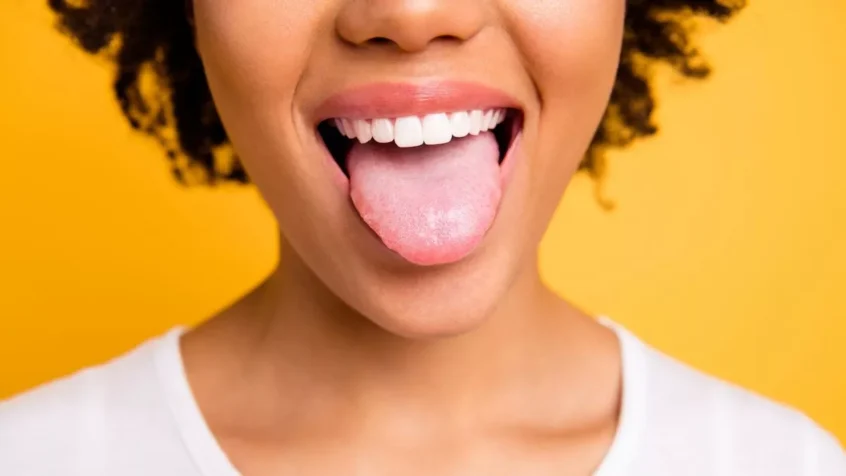Did you know you have a “tongue print”, which is as unique to you as your fingerprints and it signifies how our sense of taste and touch differ from person to person?
The research from Edinburgh University has huge potential for discovering individual food preferences, developing healthy food alternatives and enabling early diagnosis of oral cancers in the future.
The human tongue is a highly sophisticated and complex organ. Its surface is made up of hundreds of small buds – known as papillae – that assist with taste, talking and swallowing. Of these buds, the mushroom-shaped papillae, hold our taste buds whereas the crown-shaped ones give the tongue its texture and sense of touch.
Little is known about the difference between people in shape, size and pattern of both forms of papillae. A team of researchers led by Edinburgh’s School of Informatics, in collaboration with the University of Leeds, trained AI computer models to learn from three-dimensional microscopic scans of the human tongue, showing the unique features of papillae.
This enabled the AI tool to predict the type of papillae to within 85% accuracy and to map their position of them on the tongue’s surface. Remarkably, the papillae were also found to be distinctive across all 15 subjects, and individuals could be identified with an accuracy of 48% from a single papilla.
Professor Rik Sarkar at Edinburgh’s School of Informatics said: “This study brings us closer to understanding the complex architecture of tongue surfaces. We were surprised to see how unique these micron-sized features are to each individual.
“Imagine being able to design personalised food customised to the conditions of specific people and vulnerable populations thus ensuring they can get proper nutrition whilst enjoying their food.”
Possibly more important, however, would be the application of the technology to help spot cancer early. Lead author Rayna Andreeva, a PhD student at the Centre for Doctoral Training in Biomedical AI, University of Edinburgh, said: “We are now planning to use this technique combining AI with geometry and topology to identify micron-sized features in other biological surfaces.
“This can help in early detection and diagnosis of unusual growths in human tissues. It was remarkable that the features based on topology worked so well for most types of analysis, and they were the most distinctive across individuals. This needs further study not only for the papillae but also for other kinds of biological surfaces and medical conditions.”
So, not just the tongue but the discovery of cancers growing elsewhere.

